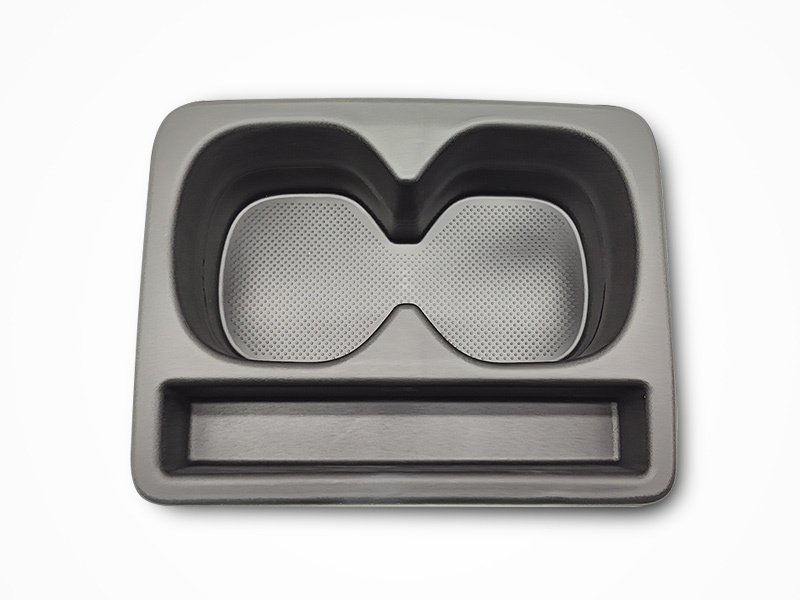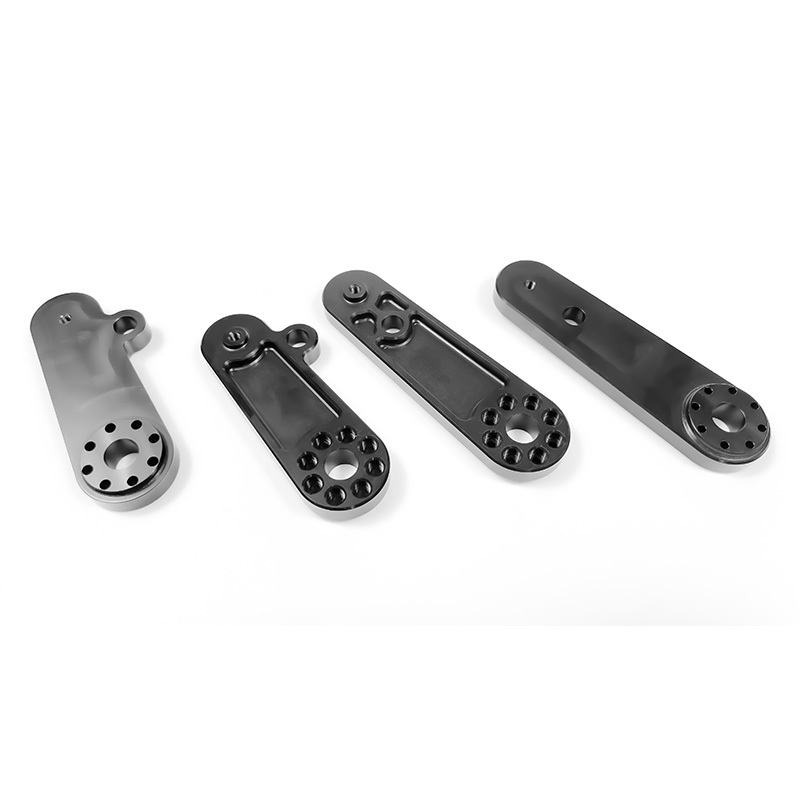Understanding the Factors Influencing Plastic Molding Costs
Time:
2025-06-01 09:20
Source:
Plastic molding is a widely used manufacturing process that allows for the rapid production of complex plastic parts. However, when it comes to evaluating plastic molding costs, several critical factors must be considered to obtain an accurate estimate. Understanding these elements can help manufacturers make informed choices that can lead to cost reduction and efficiency improvements.
One of the primary factors influencing plastic molding costs is the type of mold used in the manufacturing process. Molds can vary significantly in complexity, with more intricate designs often leading to higher costs. The choice between single-cavity and multi-cavity molds is also essential; multi-cavity molds tend to reduce per-part costs by producing multiple parts simultaneously, though they come with a higher initial investment.
Another significant aspect is the material selection. Different plastics have varying costs associated with them, influenced by factors such as market demand, availability, and specific material properties required for the final product. For instance, engineering plastics, known for their superior strength and thermal resistance, generally cost more than standard commodity plastics. The choice of material not only affects initial costs but can also impact the longevity and performance of the final product.
Production volume is another critical driver of plastic molding costs. Typically, the more units produced, the lower the per-unit cost due to the spread of fixed costs over a larger output. This phenomenon, known as economies of scale, highlights the importance of forecasting production needs accurately. Manufacturers should consider whether they anticipate high-volume production runs, which could justify the investment in more advanced molding technologies.
Additionally, labor costs and the complexity of the production process must not be overlooked. Skilled labor is often required for the setup, operation, and maintenance of molding machines. Furthermore, the degree of automation in the molding process can influence labor costs; high levels of automation often lead to lower operational costs over time.
Lastly, it is essential to factor in overhead costs such as facility expenses, maintenance, and utility costs. These can vary widely based on geographic location and operational efficiency. By maintaining a clear understanding of these costs, manufacturers can better strategize their budgeting and resource allocation.
In conclusion, the costs associated with plastic molding are influenced by a multitude of factors, including mold complexity, material selection, production volume, labor, and overhead. By analyzing these components, professionals in the manufacturing sector can make informed decisions to optimize their processes, reduce costs, and ultimately enhance their bottom line. Understanding plastic molding costs is not just about the initial expenditure; it is about strategic planning and efficient execution to ensure long-term success in the industry.
One of the primary factors influencing plastic molding costs is the type of mold used in the manufacturing process. Molds can vary significantly in complexity, with more intricate designs often leading to higher costs. The choice between single-cavity and multi-cavity molds is also essential; multi-cavity molds tend to reduce per-part costs by producing multiple parts simultaneously, though they come with a higher initial investment.
Another significant aspect is the material selection. Different plastics have varying costs associated with them, influenced by factors such as market demand, availability, and specific material properties required for the final product. For instance, engineering plastics, known for their superior strength and thermal resistance, generally cost more than standard commodity plastics. The choice of material not only affects initial costs but can also impact the longevity and performance of the final product.
Production volume is another critical driver of plastic molding costs. Typically, the more units produced, the lower the per-unit cost due to the spread of fixed costs over a larger output. This phenomenon, known as economies of scale, highlights the importance of forecasting production needs accurately. Manufacturers should consider whether they anticipate high-volume production runs, which could justify the investment in more advanced molding technologies.
Additionally, labor costs and the complexity of the production process must not be overlooked. Skilled labor is often required for the setup, operation, and maintenance of molding machines. Furthermore, the degree of automation in the molding process can influence labor costs; high levels of automation often lead to lower operational costs over time.
Lastly, it is essential to factor in overhead costs such as facility expenses, maintenance, and utility costs. These can vary widely based on geographic location and operational efficiency. By maintaining a clear understanding of these costs, manufacturers can better strategize their budgeting and resource allocation.
In conclusion, the costs associated with plastic molding are influenced by a multitude of factors, including mold complexity, material selection, production volume, labor, and overhead. By analyzing these components, professionals in the manufacturing sector can make informed decisions to optimize their processes, reduce costs, and ultimately enhance their bottom line. Understanding plastic molding costs is not just about the initial expenditure; it is about strategic planning and efficient execution to ensure long-term success in the industry.
plastic molding cost
Previous Page
Related news
2024-11-15
2025-05-23








